Serpa Aqueduct
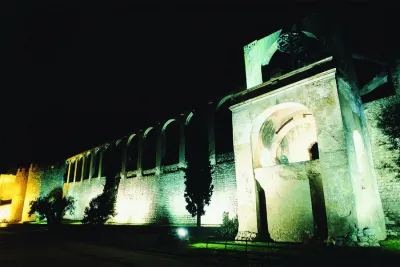
The 11th century aqueduct that is incorporated into the city walls to the south of the main entrance. You can also see the 17th century pump house for the huge wheel pump once used for pumping water to the Palacio dos Condes de Fichalo © IPPAR/António Sacchetti
Almendres Cromlech - Engraved stone

A closer look at one of the 90 or so megaliths that make up the Almendres Cromlech site in Guadalupe near Evora. Dating back to between 4000 and 5000 BC one theory is the site was a primitive astronomical observatory.
Beja Castle
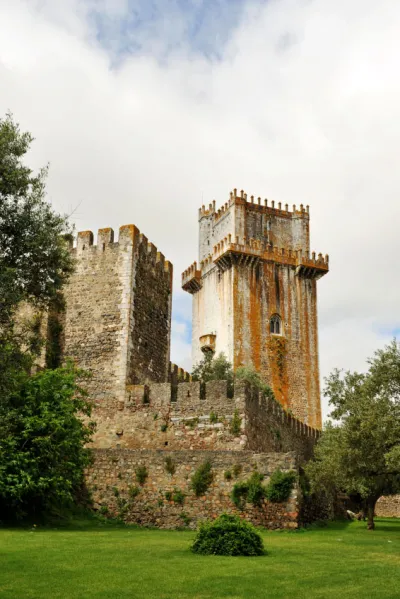
Built under the reign of Dom Dinis the imposing castle in Beja is located on the site of an earlier Roman fort. The 36 metre keep can be ascended via a spiral staircase with 197 steps. © istockphoto/brytta
Almendres Cromlech

The Almendres Cromlech complex, located near Guadalupe, Evora dates back to 4,000-5,000 years BC. Consisting of over 100 stones it has been suggested that the site was some form of prehistoric observatory
Sines - Parish Church and Vasco da Gama Statue

Statue of the legendary Portuguese explorer Vasco da Gama in front of the parish church in Sines. Vasco da Gama was born in the town's castle in 1469 photo: Georges Jansoone
Convento da Nossa Senhora da Conceicao - Beja
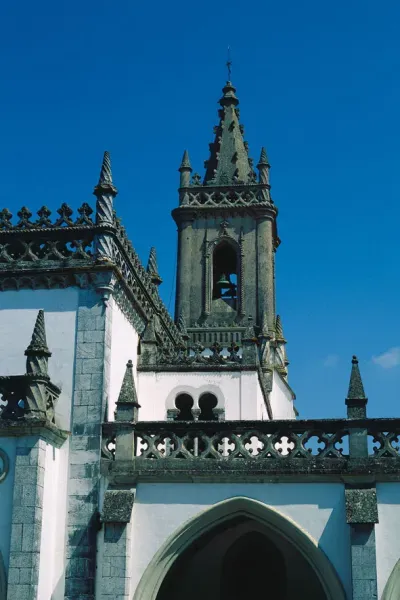
The Convento da Nossa Senhora da Conçeição in Beja with its mixture of architectural styles and tiles of Hispano- Arabic design. It was founded in the 15th century and construction continued through the 16th and 17th photo: António Sacchetti
Roman Ruins at Evora
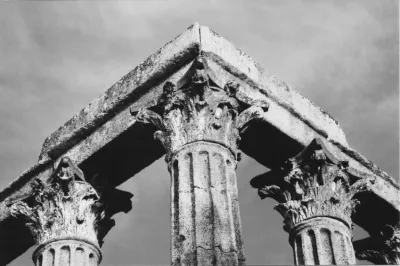
The Corinthian-like imperial temple in Evora, with its twelve granite columns, believed to have been dedicated to Diana the Goddess of the hunt, dates from the 2nd century AD
Sines
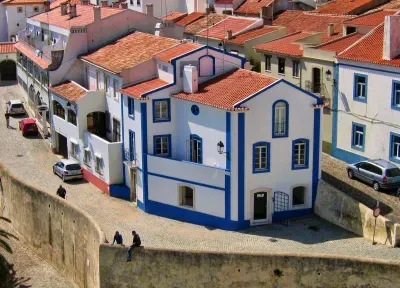
Sines is a long way off the tourist trail and on first impressions it is easy to see why. Sines is an industrial town dominated by its oil refinery with its towers and pipelines, and the deep sea port with its huge container ships and tankers. Suffice to say the water here is fairly polluted and the air not a great deal better.
Besides the port Sines also has a small marina, although yachts can anchor off the beach which is protected by numerous breakwaters.
Serpa
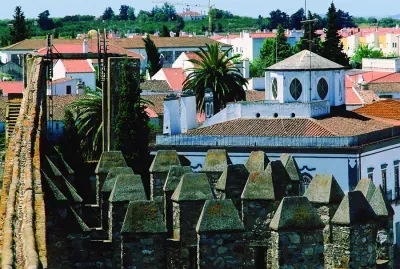
Serpa is a sleepy hilltop town in rural Alentejo. Close proximity to the Spanish border gave rise to the construction of thick town walls and a small castle, the remains of which are open to visitors. The castle is of Moorish origin, though it was largely rebuilt in the late thirteenth century by King Dinis.The castle suffered serious damage during the Spanish invasion of 1707. Entrance to the castle is through a dramatic piece of cracked wall.
Moura

Moura is a large town in the thinly-populated (and relatively impoverished) Alentejo region. The town is supposedly named after the Moorish Princess Moura Saluquia. Legend has it that Saluquia threw herself from one of the towers of the castle after her lover was killed and she was subsequently tricked by the Portuguese, who dressed up in his clothes, into lowering the drawbridge.